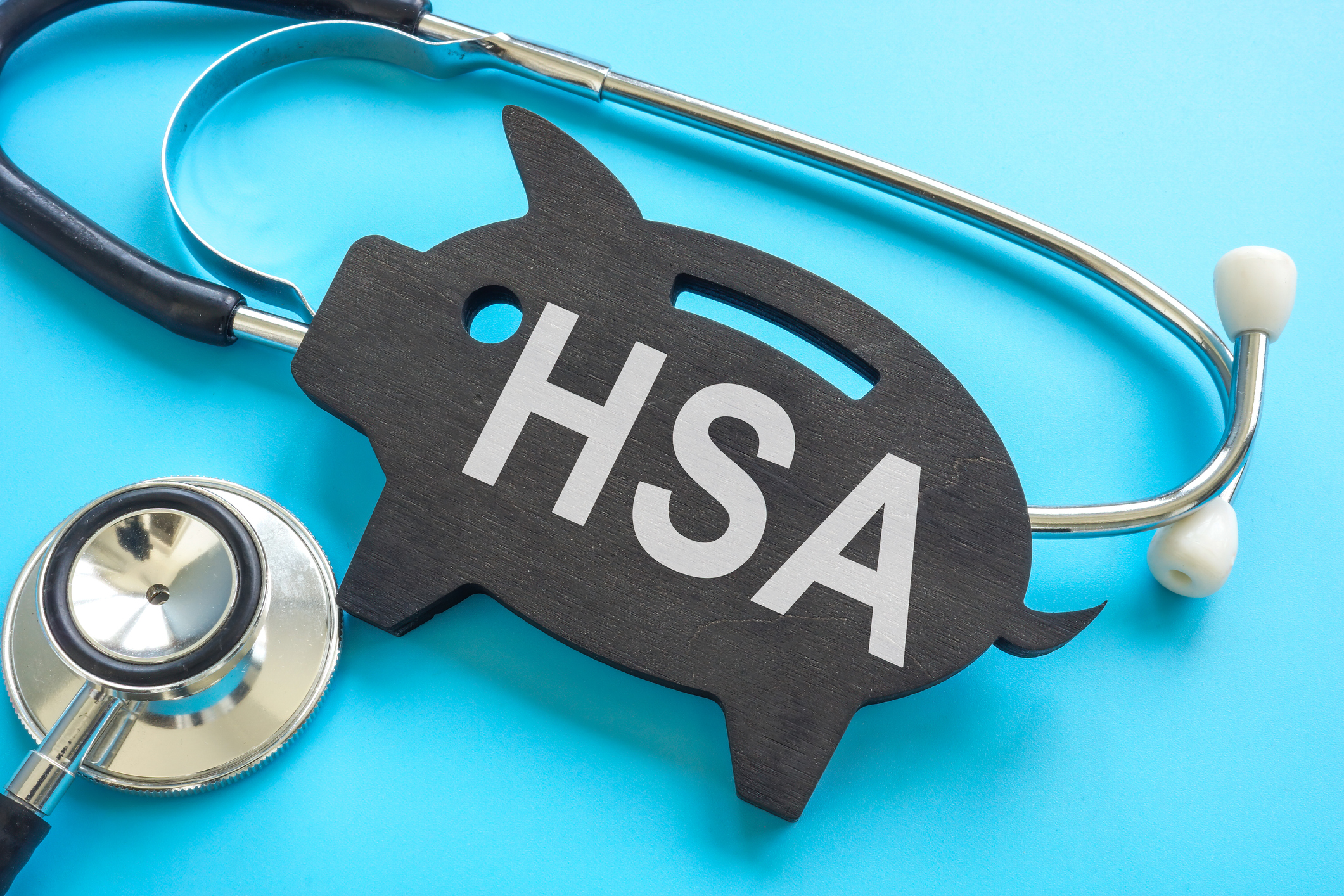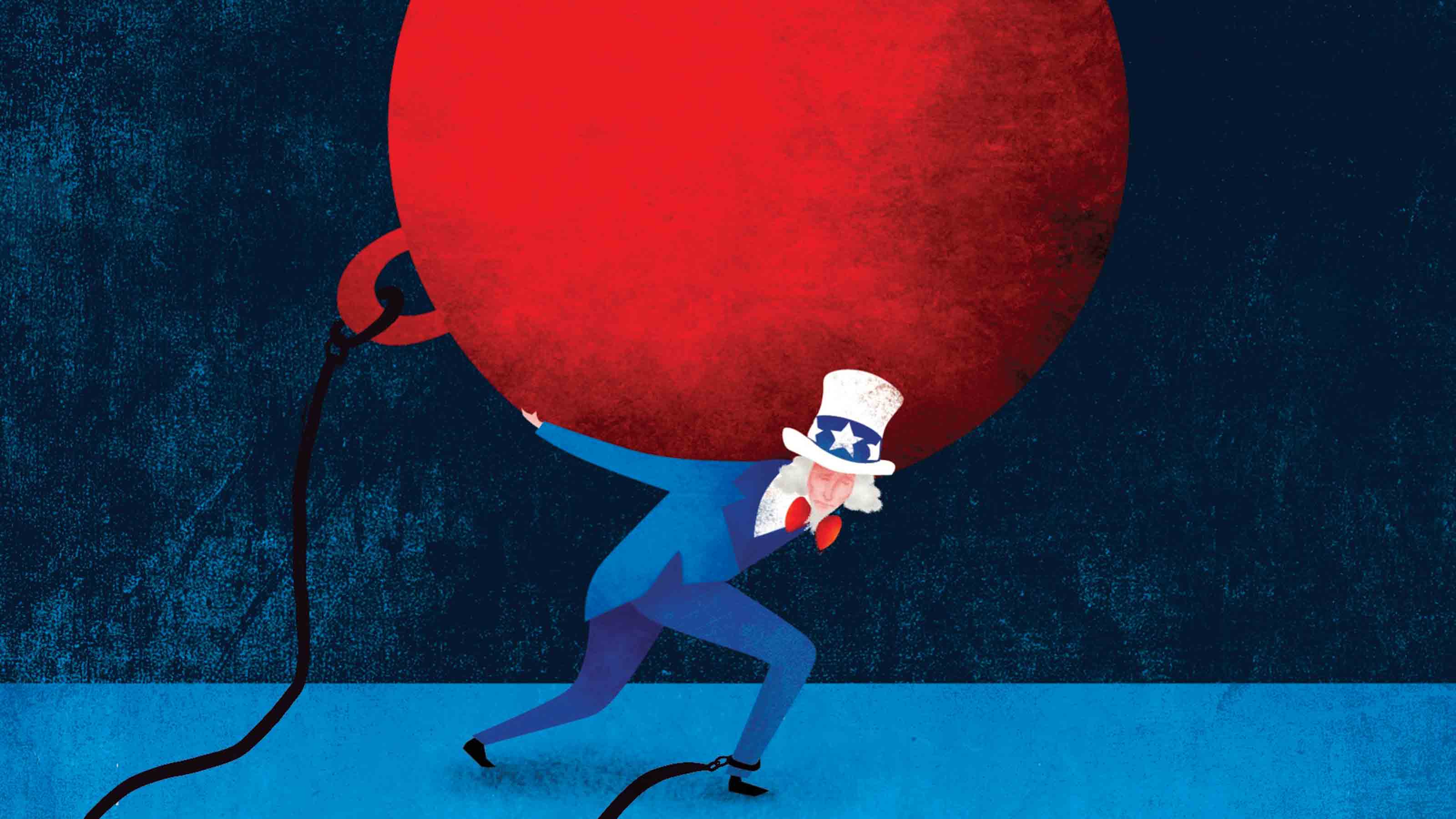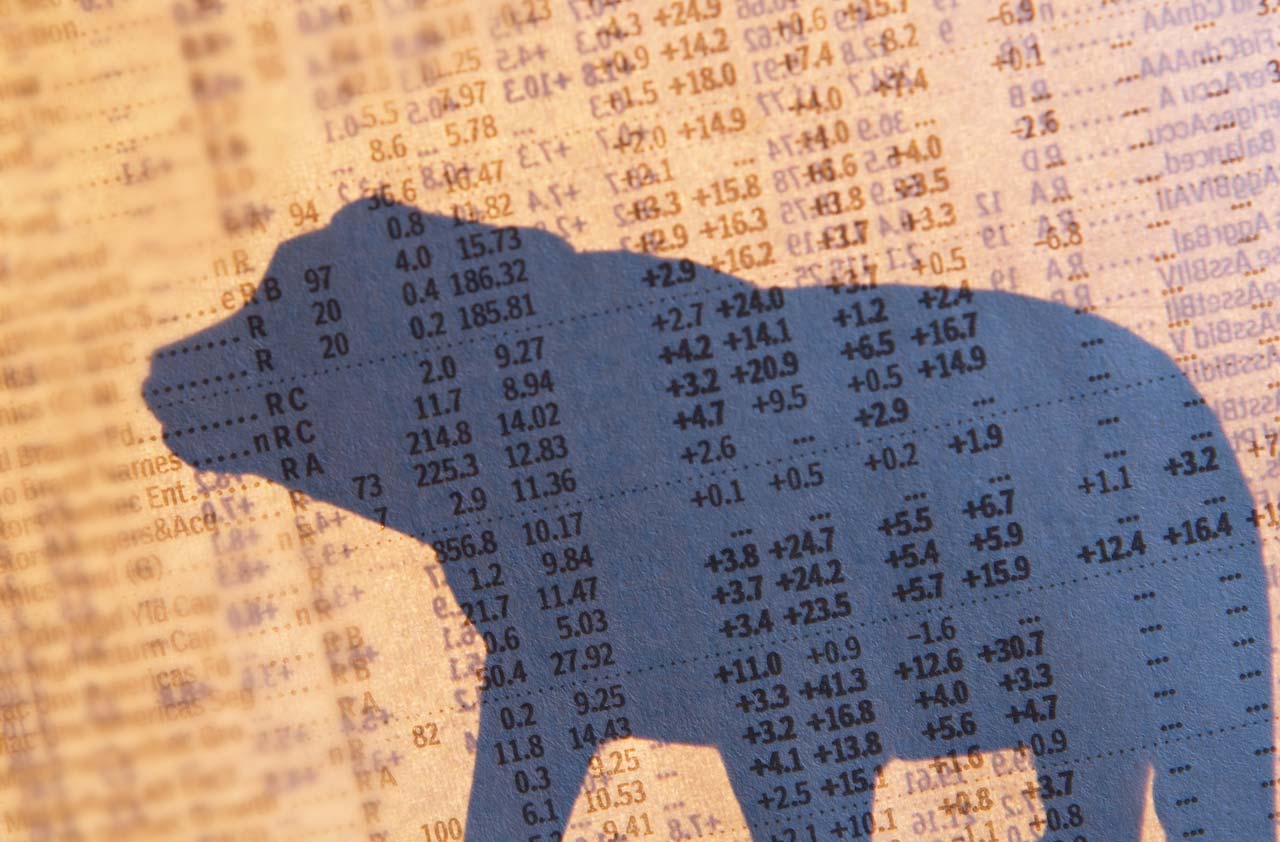Save the Savings Bond
They helped nurture sound money habits for the World War II generation, and they can help the next generation, if Uncle Sam would only listen.

U.S. savings bonds hold a special place for those who care about thrift.
Talk to a roomful of grandparents and older parents about savings, and pretty soon someone will fondly recall giving a grandchild or child a savings bond during the holidays or driving a youngster to the local bank for their first bond. (My mom bought her first savings bond as a young mother at the Treasury building beside the White House in the early 1950s. My parents bought me my first savings bond on a military base in the early 1960s.) U.S. savings bonds rank among the great brand names in American finance.
Yet government neglect and cost-cutting are chipping away at the program. The trend is deeply disturbing, considering how hard many Americans are trying to save despite high unemployment, declining incomes and fractional yields. It’s a classic case of penny wise and dollar foolish. “It’s outrageous,” booms Zvi Bodie, finance professor at Boston University. (Anyone who’s talked with Professor Bodie knows he’s a wonderful raconteur and, yes, he booms when he feels strongly about something.)

Sign up for Kiplinger’s Free E-Newsletters
Profit and prosper with the best of expert advice on investing, taxes, retirement, personal finance and more - straight to your e-mail.
Profit and prosper with the best of expert advice - straight to your e-mail.
Savings bonds were created as a safe way for ordinary people to set aside small amounts of money. A “small savers” investment was a passion of Henry Morgenthau Jr., secretary of the treasury under Franklin Roosevelt. He was the force behind the first U.S. savings bond -- Series A -- issued on March 1, 1935. When the war effort ramped up, President Roosevelt bought the first Series E bond issued in 1941. He also bought ten U.S. Defense Savings Stamps each for his ten grandchildren.
The Savings Stamps cost as little as ten cents and, once $18.75 was accumulated, could be exchanged for a Series E with a $25 face value. Savings bonds and savings stamps “are for the great mass of the people -- for the laboring man, the skilled mechanic, the office worker, the employer, the housewife, the retired businessman -- even children can save their pennies, “ said Morgenthau on a radio broadcast in 1941.
The savings bond program has gone through a number of changes since then. The stamp savings program was discontinued in 1970. Savings bonds eventually settled into two issues: Series EE and I-bonds. Money invested in savings bonds compounds tax-deferred until they��re cashed in. There are no commission costs to buy and sell. Savings bonds redeemed before the five-year mark forfeit the three most recent months' interest (that’s the only penalty). After five years, there is no penalty at redemption. You don’t pay state or local government taxes on the gain. It’s a product designed for Main Street, not Wall Street and the banking industry.
I-bonds are a hedge against inflation. The return on an I-bond is made up of two parts: a fixed rate of interest and a rate that adjusts to changes in the consumer price index, or CPI. For instance, on I-bonds issued between May 2011 and October 2011, the fixed rate is 0.00% and the inflation-linked rate is 2.30%, for an annualized composite rate of 4.60%. The Series EE bond is sold at a fixed rate of interest, currently 1.10%.
The question is, will savings bonds eventually go the way of savings stamps? The program is shrinking. The Treasury slashed the annual amount an individual could buy from a maximum of $120,000 in 2007 to $20,000 in 2008. In 2012, you’ll no longer be able to go to a bank or credit union to buy paper savings bonds. You will only be able to buy savings bonds electronically, with an annual maximum of $10,000. (You can use your tax refund to buy another $5,000, for a total of $15,000 a year.)
The Treasury says eliminating paper will save an estimated $70 million in the first five years. It also says that for the small saver, it lowered the minimum purchase for T-bills, T-notes and T-bonds to $100. “At the same time that we changed the savings bond program, we made it possible for people to afford the marketable ones,” says Joyce Harris, director of public & legislative affairs at the Bureau of the Public Debt.
Fair enough. Yet plenty of people don’t have easy access to the Internet. Some 64% of households with incomes between $30,000 and $49,000 have broadband at home, and only 40% of households with incomes below $30,000, according to Pew Research. There is a value to maintaining the experience for those who want to take their children and grandchildren to the bank or credit union to buy paper savings bonds.
Better yet, why not reverse course and build on the savings bond brand name? A young mother today should have the option of walking into the Treasury building and buying savings bonds, as well as at her bank, her credit union, her brokerage firm and her child’s school -- and online.
How about making it possible to buy savings bonds when ordering a coffee and bagel in the morning or at the drive-through with your hamburger and fries in the evening? Imagine if the grocery store check-out clerk asked if you wanted a savings bond added to the bill?
Saving is hard. It’s a habit to be nurtured and encouraged over the long haul. Those two insights informed the praise directed toward savings bonds in the early issues of Kiplinger’s Personal Finance magazine, including when it was called Changing Times. Savings bonds helped nurture thrift for an earlier generation, and they could do it again for the next generation. Congress and the administration should tell the Treasury to dramatically expand its availability to small savers, rather than contracting the program.
Get Kiplinger Today newsletter — free
Profit and prosper with the best of Kiplinger's advice on investing, taxes, retirement, personal finance and much more. Delivered daily. Enter your email in the box and click Sign Me Up.

-
 Missed Tax Day? Nearly One Million Taxpayers Still Can File and Claim Valuable Tax Refunds
Missed Tax Day? Nearly One Million Taxpayers Still Can File and Claim Valuable Tax RefundsTax Refunds Some folks don’t file taxes simply because they don’t earn enough, but they could be missing out on a significant tax refund.
By Gabriella Cruz-Martínez
-
 Reminder: The Basics of Using HSA Funds
Reminder: The Basics of Using HSA FundsHealth savings accounts can help you cover out-of-pocket medical costs. Just make sure you understand the rules and keep records of qualifying expenses.
By Ella Vincent
-
 Federal Debt: A Heavy Load
Federal Debt: A Heavy LoadEconomic Forecasts The debt continues to grow, but record-low interest rates could ease the long-term damage.
By David Payne
-
 Is a Recession Imminent?
Is a Recession Imminent?Economic Forecasts Shoppers will have to carry the load for now because weak business investment shows no sign of perking up anytime soon. Odds are, they’ll be able to.
By David Payne
-
 3 Factors That Could Drive the Next Recession
3 Factors That Could Drive the Next RecessionEconomic Forecasts The economy is humming along nicely, but how long can the good times continue?
By David Payne
-
 Savers Feel the Pain of Low Interest Rates
Savers Feel the Pain of Low Interest RatesMaking Your Money Last The Fed's low-rate policy has cost U.S. savers $470 billion.
By Janet Bodnar
-
 Is the Stock Market Signaling a Recession Ahead?
Is the Stock Market Signaling a Recession Ahead?Economic Forecasts Sinking stocks don't necessarily presage an economic downturn.
By Anne Kates Smith
-
 U.S. Manufacturers on a Roll
U.S. Manufacturers on a RollEconomic Forecasts Cheap energy and an improving economy will keep manufacturing growing at a better-than-average rate.
By David Payne
-
Next Rise in Interest Rates Will Come in 2015
business Even when rates finally do head up, they won't zoom out of control. A progressive series of stair steps is more like it.
By David Payne
-
Fracking Boom Spells New Tech Investments
Economic Forecasts Solutions to energy and safety concerns will be in hot demand.
By Jim Patterson